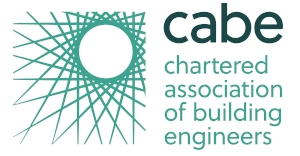Understanding Trial Holes for Foundations: A Critical Step in Construction Planning
When preparing for any construction project, especially one that involves new buildings or extensions, understanding the ground conditions is essential. One of the most effective ways to gain this understanding is by digging trial holes for foundations. This process provides valuable information that can prevent costly mistakes and delays during the building phase.
In this blog, we will explore what trial holes are, why they are important, how they are carried out, and what to expect during the process.
What Are Trial Holes?
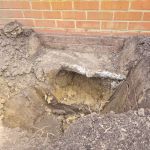
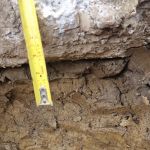
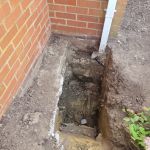
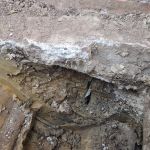
Trial holes, also known as test pits or exploratory excavations, are small, controlled excavations made in the ground to examine the soil conditions and existing structures below the surface. These holes are typically dug before foundation design begins and are a key part of site investigation work.
Trial holes allow engineers, architects, and builders to:
- Identify the type and depth of soil layers
- Determine the location and depth of existing foundations or utilities
- Assess water table levels
- Check for ground contamination or obstructions
Why Are Trial Holes Important for Foundations?
The success of a building project heavily depends on a solid and stable foundation. Without proper knowledge of the ground conditions, a foundation may be designed inappropriately, leading to structural issues in the future.
Trial holes help ensure that:
- The foundation is designed based on accurate site data
- Risks such as subsidence, heave, or excessive settlement are minimized
- Construction methods are appropriate for the soil type
- Unexpected underground services or structures are identified early
Trial holes can also reveal whether piling, raft foundations, or ground improvement techniques are necessary.
How Are Trial Holes Dug?
Trial holes are usually dug by hand or with small mechanical excavators, depending on the size of the hole and the site conditions. The depth can range from less than one metre to several metres, depending on the project requirements.
During the process:
- The area is marked and safety measures are put in place
- Excavation is carried out carefully to avoid damaging underground utilities
- Soil samples are taken for analysis
- Observations are recorded, including soil type, moisture content, and any unusual findings
- The hole is backfilled and made safe after inspection
It is crucial to work with qualified professionals who understand the local ground conditions and safety protocols.
What Information Do Trial Holes Provide?
A properly documented trial hole provides a detailed picture of the sub-surface conditions. This includes:
- Soil profile and bearing capacity
- Groundwater levels
- Presence of fill material, tree roots, or contaminants
- Existing foundation details (in the case of extensions)
This data is used by structural engineers to make informed decisions about foundation depth, width, and type.
When Should Trial Holes Be Carried Out?
Trial holes should be carried out as early as possible in the planning or design phase of a project. Early investigation allows time to modify designs and budgets if ground conditions are more complex than expected.
They are especially recommended when:
- Building on unknown or previously developed land
- Adding extensions close to existing structures
- Constructing on sloping or uneven ground
- Building near trees or in clay-rich areas
Conclusion
Trial holes for foundations are a fundamental part of responsible and informed construction planning. They provide critical data that can influence the design, safety, and long-term success of a building project. Investing in trial holes early can save time, money, and stress later on.
If you are planning a construction project, consult with a qualified geotechnical engineer or building consultant to discuss trial holes and site investigations. A small investment in the early stages can lead to a much stronger and more reliable outcome for your project.


